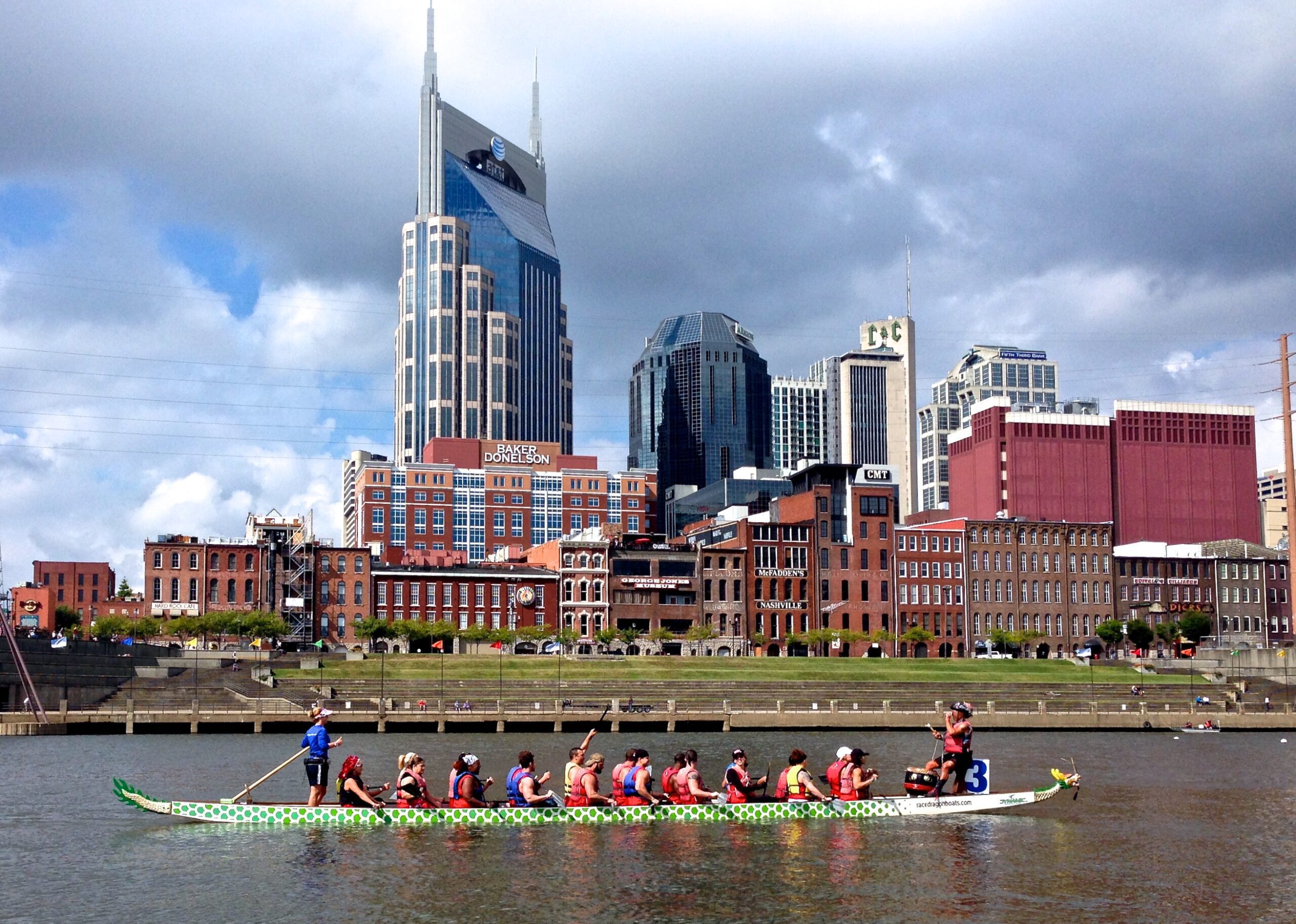
A Measured View of Both Promise and Peril
by Ronald Lee Fleming, FAICP
As chairman emeritus of Scenic America, the nation’s foremost advocacy organization for the protection and enhancement of the visual environment, I have recently returned from our annual conference and board meeting in Nashville.

We serve as advocates for reinforcing city entryways, combatting the proliferation of digital signs, promoting scenic byways, protecting viewsheds, and undergrounding overhead wires. City critic Richard Florida has called Nashville a city in transition. its mild climate and steady growth—quantified by the number of construction cranes silhouetting the skyline—combined with comparatively low real estate prices to entice businesses and populations from the West, Midwest, and Northeast.
Nashville has numerous advantages, including its mayor, who welcomed us to the city. In fifty years of observing city leadership, I have never met a more well-spoken and savvy chief executive. Mayor John Cooper, the scion of a family long involved in political leadership in the state, has a most impressive command of both the facts and the facets of civic life. He called to mind something his wife told him: “The issue now is how to guide a city that has only recently come into its money.”
Nashville has other advantages: A proactive civic design center that has pressed a city plan, and area land trusts that can conserve some city edges. In one of the sessions, architect Andrés Duany, nationally recognized for his form-based zoning codes, told the Scenic America constituency how to be clear-eyed and realistic about differentiating city rejuvenation from the successful strategies of suburban development. These are the cards the forces for rejuvenation and strong civic design can play.
We also heard about plans for the East Bank and North Nashville. Can the 338-acre industrial district across the river be revitalized to acknowledge sustainable standards that add long-term real estate value? Can the once-vibrant Black neighborhoods along Jefferson Street, so drastically sliced and diced by freeways and gentrification, be recovered? Some investors are putting trust in such solutions, but we could also see the mistrust in the eyes of some of the panelists.
The drive from the center of downtown toward the airport tells more of the story. Seen from the interstate, the city appears as a chaos of unregulated design, treeless parking lots, flashing signs, overhead wires, and glaring reflective glass that makes no effort to understand the original palette of brick and limestone. I was reminded of a phrase in America the Beautiful, performed for us during the symposium by former Fisk Jubilee singer Debra Tillery: “Confirm thy soul in self-control.” Nashville’s visual environment can be seen as a metaphor for the failure of self-control.
In his famous study, Democracy in America, visiting French aristocrat Alexis de Tocqueville cautioned that this country will fulfill its promise only if “self-interest is rightly understood.” In other words, it is in the private interest to align with the public interest.
We wish you good luck, Nashville, as you confront challenges and promote opportunity. In computer parlance, you can occupy this space, but fulfilling its promise will take the ignition of political will.